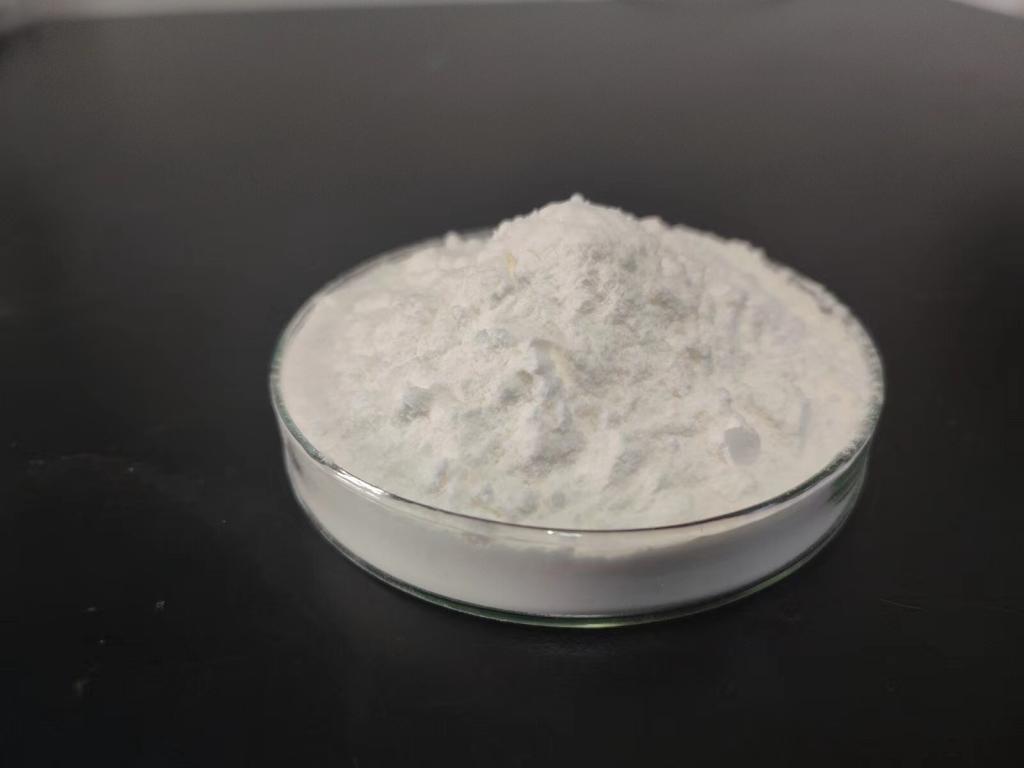Tel:+8618231198596

News
 CONTACT
CONTACT
 CONTACT
CONTACT
- Linkman:Linda Yao
- Tel: +8618231198596
- Email:linda.yao@dcpharma.cn
- Linkman:CHARLES.WANG
- Department:Overseas
- Tel: 0086 0311-85537378 0086 0311-85539701
News
ε-Polylysine Hydrochloride in the Fight Against Waterborne Pathogens
TIME:2024-02-01
I. The Global Challenge of Waterborne Pathogens:
Prevalence of Waterborne Diseases:
Waterborne diseases, caused by microorganisms such as bacteria, viruses, and parasites, remain a major public health concern. Contaminated water sources contribute to the spread of diseases like cholera, dysentery, and giardiasis.
Impact on Public Health:
Waterborne pathogens lead to millions of cases of illness and death annually, disproportionately affecting developing regions with limited access to clean water and sanitation facilities.
II. ε-Polylysine Hydrochloride: A Natural Antimicrobial Peptide:
Origin and Production:
ε-Polylysine is a natural antimicrobial peptide derived from certain bacterial strains. In its hydrochloride salt form, it becomes water-soluble, making it suitable for water treatment applications.
Mechanism of Action:
ε-Polylysine hydrochloride exerts its antimicrobial effect by disrupting the cell membranes of microorganisms, leading to the inhibition of bacterial and fungal growth. This mechanism is particularly effective against a broad spectrum of waterborne pathogens.
III. Applications in Water Treatment:
Microbial Contamination Control:
The primary application of ε-Polylysine hydrochloride in water treatment is its ability to control and eliminate waterborne pathogens, ensuring the safety of drinking water for communities.
Biofilm Disruption:
Water distribution systems are susceptible to biofilm formation, providing a conducive environment for pathogens. ε-Polylysine hydrochloride's antimicrobial action aids in disrupting biofilms, preventing their establishment and growth.
IV. Comparative Analysis with Traditional Water Treatment Methods:
Chlorination vs. ε-Polylysine Hydrochloride:
Chlorination has been a conventional method for water disinfection. A comparative analysis can showcase the advantages of ε-Polylysine hydrochloride, including its effectiveness against chlorine-resistant pathogens and reduced disinfection by-products.
UV Irradiation vs. ε-Polylysine Hydrochloride:
UV irradiation is another widely used water treatment method. Comparing the two approaches can highlight the benefits of ε-Polylysine hydrochloride, such as its efficacy in the presence of organic matter and its potential for longer-lasting effects.
V. Field Applications and Case Studies:
Water Treatment Plants:
ε-Polylysine hydrochloride has been successfully implemented in water treatment plants, showcasing its practicality and efficacy in large-scale applications. Case studies can highlight the positive impact on water quality and public health.
Community-Level Interventions:
At the community level, ε-Polylysine hydrochloride can be employed in point-of-use water treatment devices, providing a simple yet effective solution for households in regions with limited access to centralized water treatment facilities.
VI. Environmental Considerations:
Biodegradability:
The biodegradable nature of ε-Polylysine hydrochloride is advantageous in water treatment applications, minimizing its environmental impact compared to persistent chemical disinfectants.
Non-Toxicity to Aquatic Life:
Studies indicate that ε-Polylysine hydrochloride is generally non-toxic to aquatic organisms, ensuring its compatibility with ecosystems when used in water treatment.
VII. Challenges and Considerations:
Regulatory Approval:
Despite its natural origin, obtaining regulatory approval for the use of ε-Polylysine hydrochloride in water treatment requires adherence to established guidelines and standards.
Cost Considerations:
Assessing the cost-effectiveness of ε-Polylysine hydrochloride compared to traditional water treatment methods is essential for widespread adoption, particularly in resource-constrained regions.
VIII. Future Directions:
Research and Development:
Ongoing research can explore novel formulations and applications of ε-Polylysine hydrochloride, enhancing its efficacy and addressing specific challenges in diverse water sources.
Global Implementation Strategies:
Collaborative efforts are needed to develop strategies for the global implementation of ε-Polylysine hydrochloride in water treatment, ensuring its accessibility and effectiveness in various contexts.
IX. Conclusion:
ε-Polylysine hydrochloride emerges as a promising and innovative solution in the fight against waterborne pathogens. Its natural origin, broad-spectrum antimicrobial activity, and compatibility with environmental sustainability make it a valuable asset for water treatment. As communities strive to provide safe drinking water for all, ε-Polylysine hydrochloride stands as a beacon of hope, offering a novel approach to address the persistent challenges posed by waterborne diseases worldwide.
- Tel:+8618231198596
- Whatsapp:18231198596
- Chat With Skype







